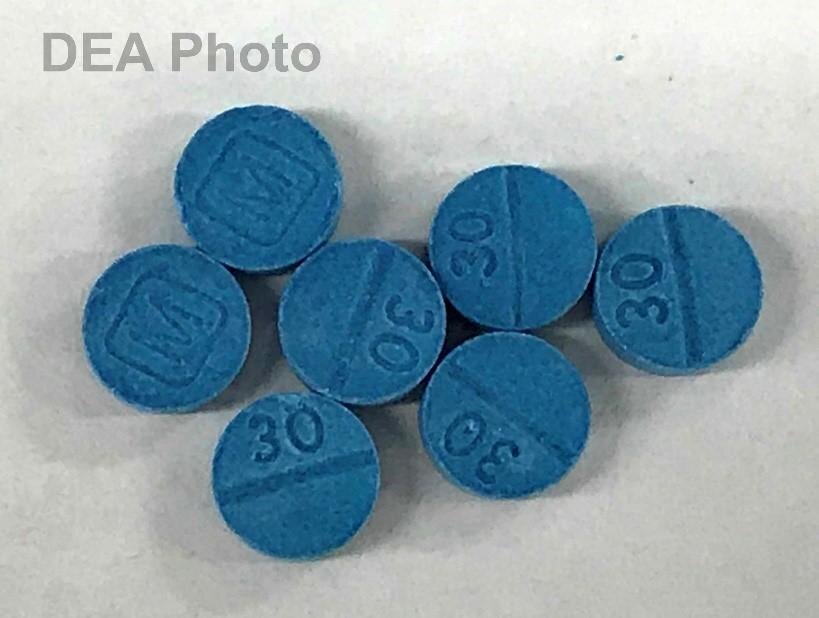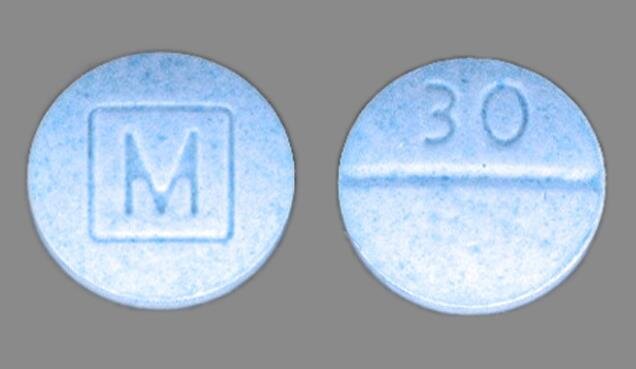Teen Charged with Murder in Fentanyl Death of 12-Year-Old
/By Pat Anson, PNN Editor
A California teenager was arrested and charged with murder this week in the death of a 12-year-old girl who fatally overdosed after consuming a counterfeit painkiller made with illicit fentanyl. The 16-year-old suspect allegedly sold the pill to the girl in 2020, and she overdosed after crushing and snorting the tablet at a party in San Jose.
Like many other counterfeit pills involved in overdoses, the tablet was made to look like a 30 mg oxycodone pill, stamped with a “30” on one side and an “M” on the other. The girl passed out and began snoring soon after ingesting the drug, which prosecutors say is a “telltale sign of a fentanyl overdose.”
“After thousands of deaths, everyone should know that fentanyl is a deadly poison,” Santa Clara County District Attorney Jeff Rosen said in a press release. “Thanks to the San Jose Police Department, the Santa Clara County Specialized Enforcement Team, and our investigators, this child’s tragically short life may help save others.”
The DA’s office calls the 12-year-old victim “Jane Doe” because of her age, but local media have identified her as Dalilah Guerrero of San Jose. The girl was with two other teens when she bought the “M-30” pill from the alleged dealer. The group later took a video of Dalilah lining up the crushed pill for ingestion.
The 16-year old suspect’s name has not been released because he is a minor. Investigators looking into his online social media accounts reportedly found screen shots of public service warnings about fentanyl that predated the girl's death.
Failed Policies Made Drug Crisis Worse
The overdose of such a young victim is the latest example of how the “opioid epidemic” has morphed into an even more deadly overdose crisis fueled by illicit fentanyl and other street drugs. Efforts by law enforcement and public health officials to prevent more deaths by prosecuting doctors and restricting the supply of opioid medication have not only failed – they may have made the drug crisis worse.
In recent years, the number of opioid prescriptions has fallen dramatically nationwide and now stand at 20-year lows, while fatal overdoses rose to record levels. Last year the number of U.S. drug deaths crossed 100,000 for the first time, largely driven by illicit fentanyl.
As the charts show below, Santa Clara exemplifies both trends, with prescriptions falling dramatically in the county while fentanyl deaths spiked.
SOURCE: CALIFORNIA DEPT. OF PUBLIC HEALTH
Santa Clara County was the first local government in the nation to file a lawsuit against drug makers alleging that they caused the opioids crisis. The law firm of Motley Rice filed the initial lawsuit in 2014 on behalf of Santa Clara, and the case snowballed from there into nationwide litigation against opioid makers, distributors and pharmacies.
Last year a California judge ruled that drug makers did not use deceptive marketing to promote pain relievers and there was “no evidence” the companies were liable for the state’s opioid crisis.
The tragic death of Dalilah Guerrero is not the first time Santa Clara County has lost a young person to counterfeit pills. In 2019, county health officials announced that 9 fatal overdoses had been linked to fake oxycodone pills, including the deaths of two teenagers.
In 2020, murder charges were filed against a San Jose man who allegedly sold over Snapchat a counterfeit pill laced with fentanyl to an 18-year-old girl and her 17-year old boyfriend. Both teens overdosed. Paramedics were able to revive the boyfriend, but the girl died.
In 2020, the last year for which full data is available, there were 143 opioid related deaths in Santa Clara County, a 139% increase from 2018. Fentanyl was involved in most of them.

















